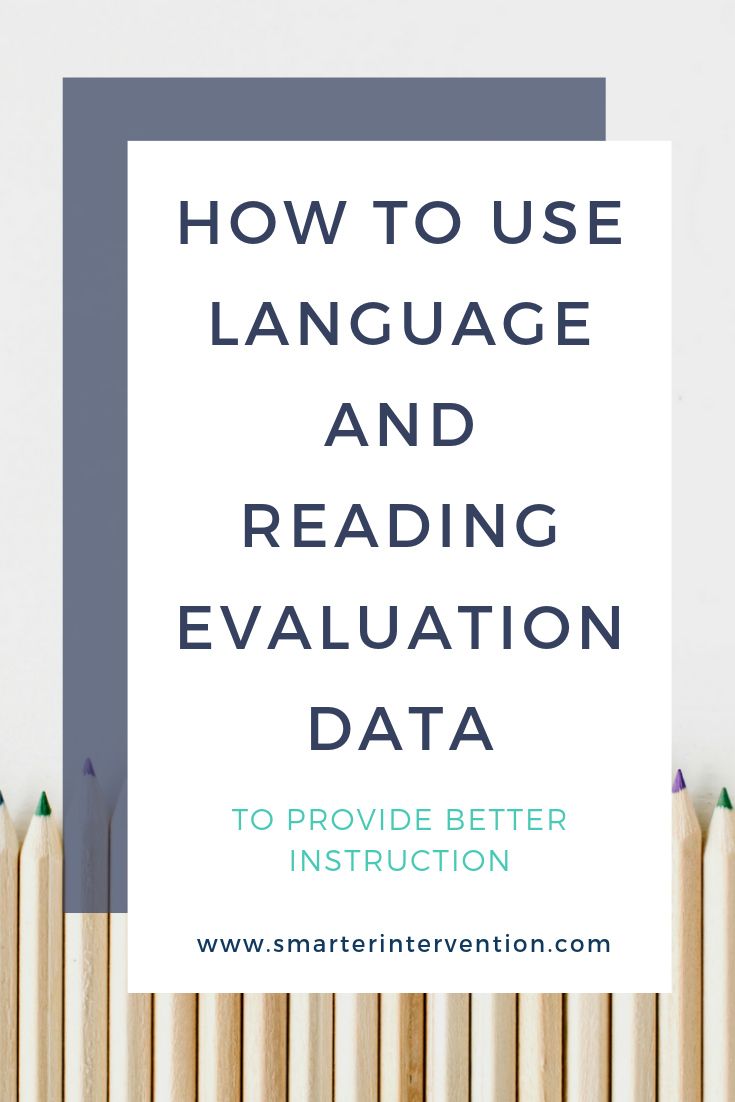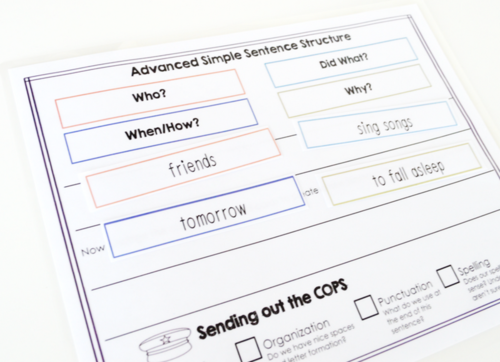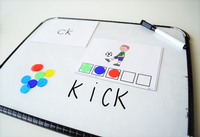How to Use Language and Reading Evaluation Data to Provide Better Instruction
The first step in understanding students’ assessment results, is understanding how to interpret standardized assessment data. If you missed last week's blog, go check it out here!
After you know how to interpret the data you need to know what to do about it. All the assessments in the world are essentially useless if they aren't providing us with information to provide better instruction to our students.
Keep in mind that there are a number of accommodations and modifications that are helpful based on a child's individual areas of need. But today, we are going to focus on which tests you want to be paying particularly close attention to, and how these results can inform which activities and supports you bring into your intervention. To read more about how to pick appropriate accommodations, click here.
Language-Based Assessments
Language assessments measure a wide range of skills from vocabulary, to language comprehension, to sentence structure, to phonology (understanding the sound structure of our language), and beyond. There are many areas of language that can significantly impact a child's ability to read and write. It is important to know which areas of language may be a factor.
If a child is scoring poorly on assessments that measure receptive or expressive vocabulary, you will want to make sure you are adding in or focusing on tasks that build and develop vocabulary as much as possible. Students may also be displaying difficulty formulating sentences or with appropriate sentence syntax. Keep in mind that most literacy intervention programs are very language-heavy and may be difficult for students lacking the vocabulary or listening comprehension skills to understand.
If Vocabulary is poor, choose activities that will help them build this skill -
Games that require students to identify real words versus nonsense words
Activities that require students to draw words or sentences
Incorporating the Vocabulary Graphic Organizer into your instruction
If Language Comprehension is poor, choose activities that will help them build this skill -
Provide them opportunities to build background knowledge and schema by showing them videos of the topic or providing a discussion before jumping right into a topic.
Show them how to use graphic organizers to visually connect ideas to one another in a structured format.
If Sentence Syntax is poor, choose activities that will help them build this skill -
Provide words or phrases sorted into parts of speech (who, did what, etc) and ask them to build sentences. Show them how to mix the order and make additional sentences with the same meaning. (You can find the pictured resource here!)
Teach them how to scoop their sentences into a who, did what, why framework to help them visually see the sentence structure.
If Phonological Awareness is poor, choose activities that will help them build this skill-
Work with them explicitly on blending sounds together to create words and breaking words into their individual sounds.
Help them discriminate between similar sounds (/m/ and /n/ for example) by drawing attention to the position of your mouth and their mouth when they are making these sounds.
Reading-Based Assessments
Students may struggle in any number of reading areas and it's important to know how to determine where things may be breaking down to know where to focus instruction.
If single-word or nonsense word decoding is poor, choose activities that will help them build this skill -
Make sure to teach phonics in a systematic and cumulative manner holding them accountable for patterns they have previously learned.
Make sure to practice reading words in isolation. Once they are getting comfortable with a pattern make sure to incorporate words of previously instructed patterns as well. Often students can read words in a patterned list but struggle to recognize that same pattern in a non-patterned list.
If nonsense-word decoding is poor but single-word decoding is not, choose activities that will help them build this skill-
This tells you that the student is relying on visual memory of the word but is not actually phonetically decoding the word. Make sure the student has significant opportunities available to learn phonics in a systematic and cumulative manner and that you ask them to apply the rule to nonsense words.
If reading fluency is poor, choose activities that will help them build this skill -
Provide explicit instruction in the use of punctuation, expression, rate of reading, and tone.
Teach students to scoop their sentences, in the same way, you would demonstrate sentence syntax (who, does what, why, etc).
Repeated reads can be helpful for students, do keep in mind that they are simply memorizing the passage and it is expected that their fluency will increase from cold read to hot read, what you are really measuring is the amount of growth you begin to see in your cold reads only.
If reading comprehension is poor, choose activities that will help them build this skill-
Determine if you have any language struggles that may be impacting comprehension and work on those skills first.
If decoding is impacting fluency, provide instruction there but make sure you don't leave out the opportunity to read together at a higher level to continue developing vocabulary and comprehension skills.
Provide graphic organizers for students to input key information.
The bottom line is...
All intervention instruction isn't created equally and you need to be sure that you are using the evaluation results to specifically tailor your intervention to your students' needs. Keeping in mind what's causing their difficulties will help you intervene in the right place at the right time so that students can continue making the best possible progress.
If you’re looking for more tools to use for tracking data and to help inform your instruction, be sure to grab our free Data Tracking System. This tool will help make data tracking easy and help you keep your session data organized.





